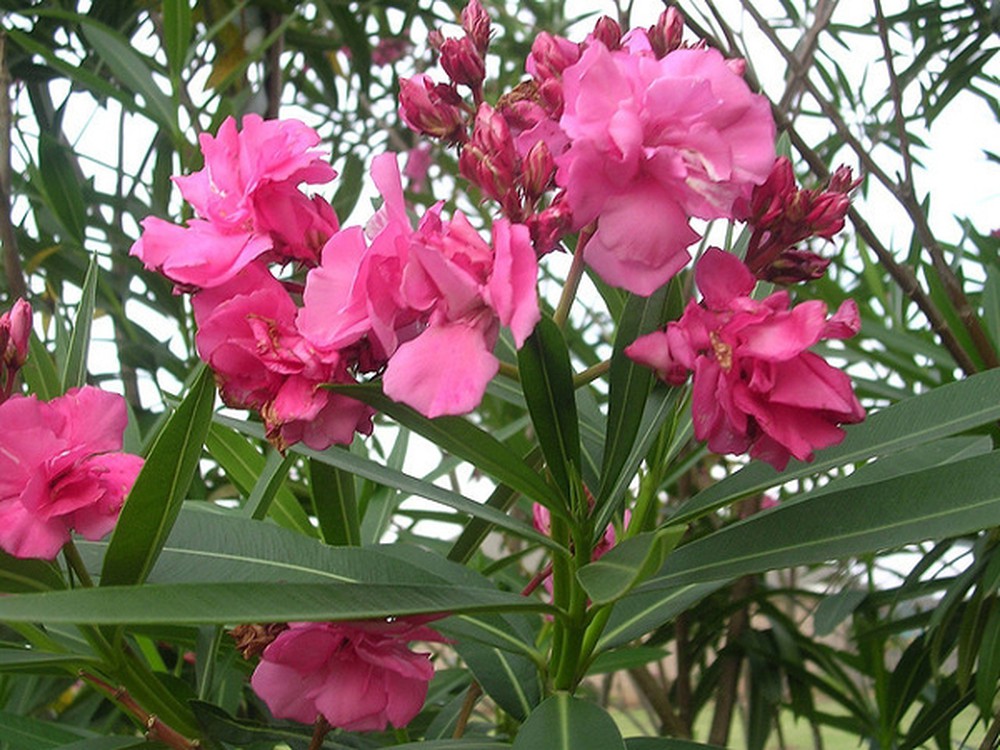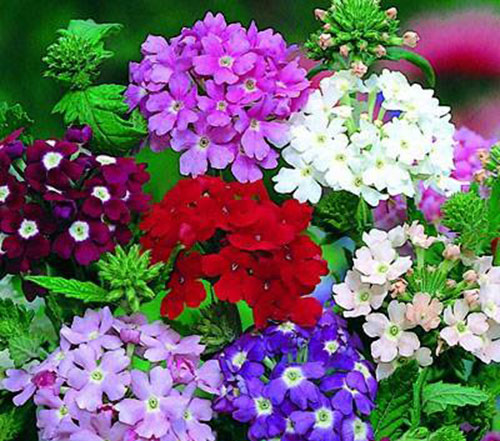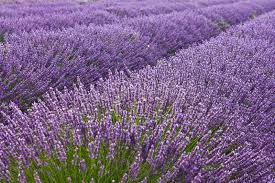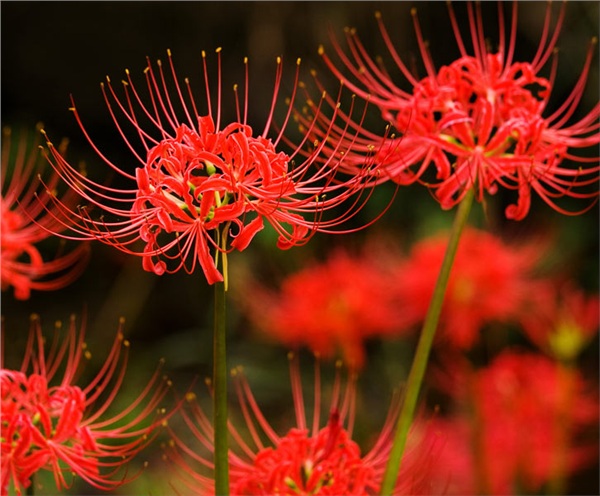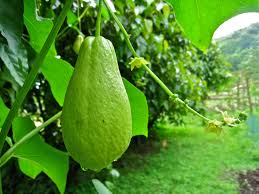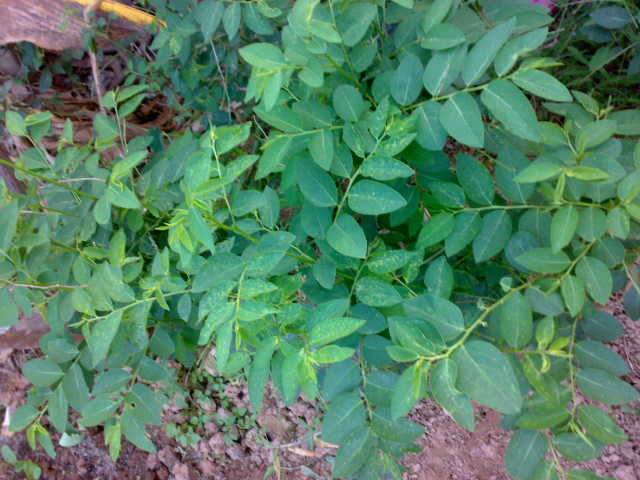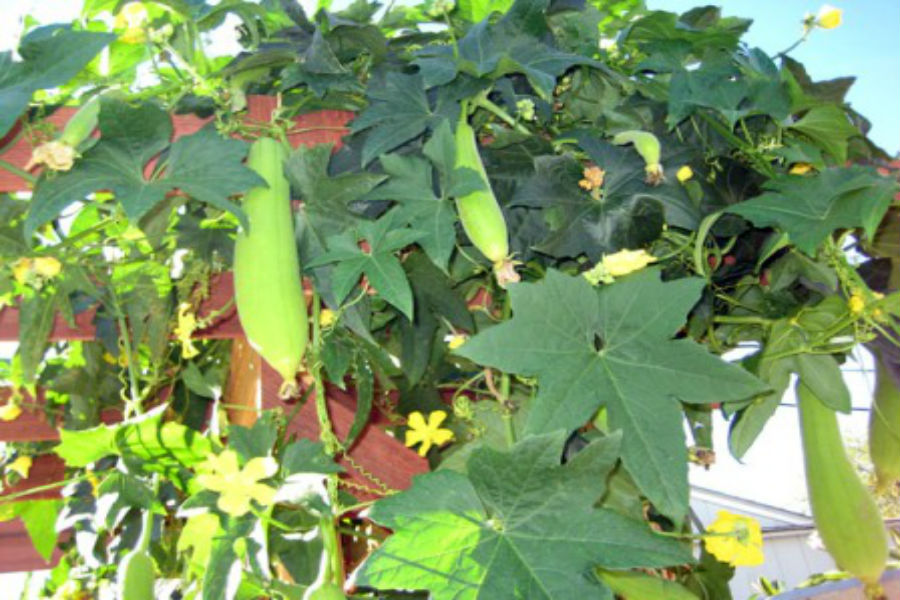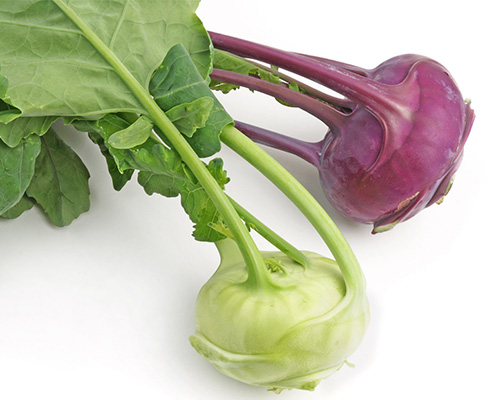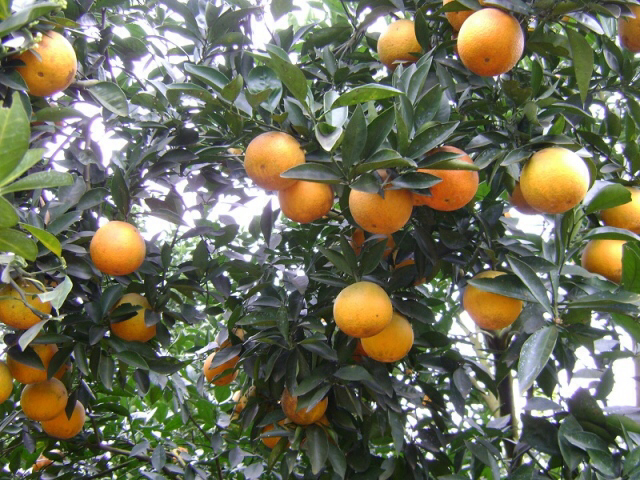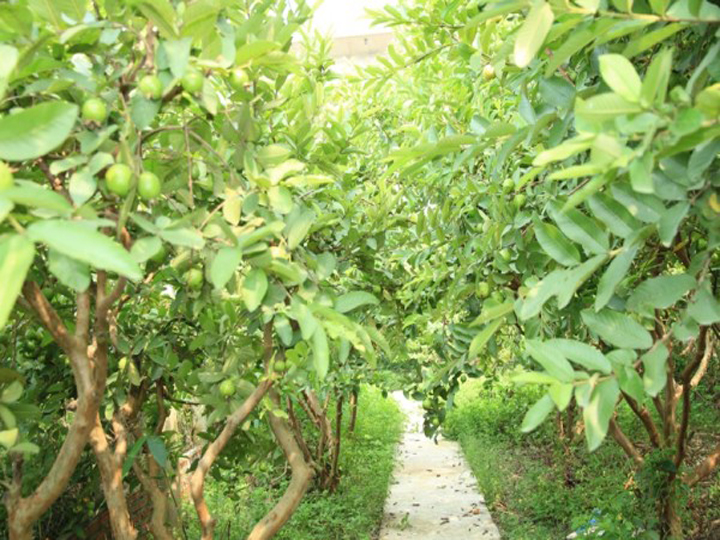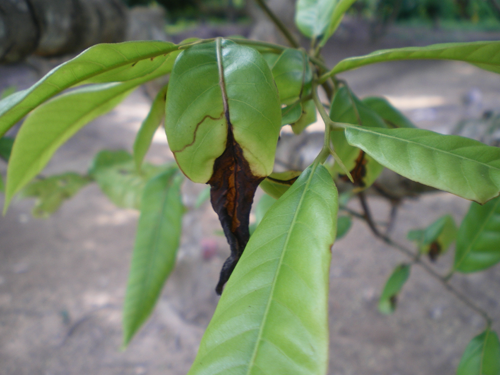Not only an agricultural country but Vietnam is also known as a leading rice exporter because it has suitable weather conditions as well as advanced farming techniques. In addition, premium rice quality contributes to the rise of Vietnamese rice exporters.
An overview of Vietnamese rice exporters
Rice exports contribute a considerable value to the overall Vietnamese economy. In 2020, Vietnamese rice exporters provided 6.15 million tons of rice for international markets, receiving US$ 3.07 billion in value.
General information of Vietnamese rice exporters
A Vietnamese rice exporter is a business, organization, or individual that sells Vietnamese rice to international markets.
Rice storage of Vietnamese rice exporters
Agriculture is vital to Vietnam’s economy, accounting for 24% of GDP and 20% of export revenue. Among numerous Vietnamese agricultural sectors, rice has a significant contribution, generating 30% of the country’s overall production value.
Read more: Wholesale Arabica coffee beans: Ways to trade Arabica coffee beans effectively
The largest paddy fields in Vietnam are the Mekong Delta, the Central, and the Red River Delta. The Mekong Delta is referred to as the “rice bowl” of Vietnam with large rice fields in Soc Trang, An Giang, Dong Thap, etc. Rice production also occurs in the Red River Delta and the Central of Vietnam. As a result, Vietnamese rice exporters have usually located nearby large paddy fields.
The Mekong Delta and the Red River Delta are the main rice production areas in Vietnam
Main importing markets of Vietnamese rice exporters
Based on the Ministry of Agriculture and Rural Development statistics, in the first 4 months of 2021, 1.9 million tons of Vietnamese rice has been exported, which equals 1.01 billion USD.
In terms of jasmine rice and fragrant rice, the biggest customer of Vietnamese rice exporters is the Philippines with 21.9% of rice imported. Followed by Ghana and Ivory Coast with 19.8% and 16.8% respectively.
China, the Philippines, and Malaysia are the main customers of Vietnamese rice exporters
Vietnamese white rice is primarily exported to Malaysia (5.7%), Cuba (12.6%), and the Philippines (63.1%)
Vietnamese rice exporters usually distribute 82.5% of glutinous rice to China, 6.7% to Malaysia, and 4.3% to the Philippines.
For japonica rice, the Solomon Islands and Cambodia are the major customers of Vietnamese rice exporters when each country imports 11.8% of japonica rice. In addition, Saudi Arabia imports 8.7% of japonica rice from Vietnamese rice exporters.
Read more: Impressive facts about wholesale organic rice
Popular rice types provided by Vietnamese rice exporters
Vietnamese rice exporters offer a wide selection of rice types for buyers to choose from. All rice types have high quality, along with distinctive features that satisfy customer demand.
- ST rice
Vietnamese ST rice including numerous varieties is popular by a great number of consumers, especially in the Chinese and EU markets. ST rice has long grains, a distinct aroma, tenderness, and a moist texture even when it is cool. The rice is mainly farmed in the Mekong Delta in Vietnam.
ST rice is one of the leading rice types provided by Vietnamese rice exporters
It is worth noting that ST rice provided by Vietnamese rice exporters is listed in the 9 rice varieties to have tax exemption from the EU as a part of the EU-Vietnam Free Trade Agreement (EVFTA).
There are 4 varieties in the ST family, which are ST05, ST21, ST24, and ST25. Among them, ST25 is well-known as the World’s Best Rice in 2019 thanks to its attractive fragrance and sweet flavor.
- Fragrant rice
Fragrant rice is widely distributed by Vietnamese rice exporters because the rice has a premium quality and an impressive aroma. For example, jasmine is used to name a fragrant rice type because it has the aroma of pandan leaves, while the fragrance of the Nang Hoa variety is similar to freshly cut pandan.
Vietnamese rice exporters provide high-quality fragrant rice
Vietnamese rice exporters provide premium fragrant rice to many destinations over the world, especially European countries since the demand for this rice in this region is increasing at the rate of 6% per year.
In the EVFTA framework, six Vietnamese fragrant rice cultivars are eligible for tax exemption when exported to the European Union, consisting of Jasmine 85, Nang Hoa 9, VD 20, RVT, OM4900, Tai Nguyen at Dao Market.
- Long grain rice
One of the most consumed Vietnamese rice types is long grain rice. The slim grains are more than 6 mm long. Long grain rice offers a pleasant aroma and a dry texture upon cooking due to the Amylose starch content.
Long grain rice
In 2020, Vietnamese rice exporters provided nearly 6 million metric tons of long grain rice to international markets, in which OM5451 and IR504 accounted for the majority of the export volume.
- Japonica rice
Another Vietnamese rice is Japonica – a Japanese short-grain rice type. Farming areas of Japonica rice in Vietnam are mainly located in An Giang and Dong Thap.
Japonica rice distributed by Vietnamese rice exporters has round and thick grains and a sticky texture after cooking thanks to the high level of Amylopectin.
Japonica rice
Vietnamese Japonica rice is increasingly consumed in many places such as China, the Middle East, Japan, and Korea.
- Glutinous rice
Vietnamese rice exporters export 1.23 million tons of glutinous rice annually. The name indicates the stickiness of the rice when cooked because it contains an even higher amount of amylopectin than japonica. The rice grains are medium in length and opaque white.
Glutinous rice
Glutinous rice is grown across Vietnam, from the Red River Delta to the MKD. The biggest customers of Vietnamese rice exporters are China, Malaysia, and the Philippines.
Advantages of Vietnamese rice exporters
Various elements contribute to the remarkable developments of Vietnamese rice exporters. Stable rice sources, diverse products, and supporting policies are advantages when cooperating with Vietnamese rice exporters.
A stable source
Vietnamese rice exporters are confident to satisfy demands from big importers because Vietnam can produce
- 2 main production crops
Normally, rice production in Vietnam is divided into 2 crops. The winter-spring crop lasts 3 months from December to February. The second season is the summer-autumn crop that happens between April and June.
2 main rice crops in Vietnam
These are the two main crops, contributing the majority of the total rice quantity produced in a year. In 2016, 19 million tons of rice were produced during the first crop, while the second season generated 15 million tons.
- Large rice fields
It is estimated that more than 7.7 million hectares are designed for paddy fields. The Mekong Delta and the Red River Delta are the large rice-growing areas in Vietnam.
The Mekong Delta is the largest harvested area. With 4.8 million hectares, the region accounts for over 50% of the total rice production and contributes 90% of the rice export volume. The major paddy fields in the Mekong Delta are Kien Giang, Dong Thap, and An Giang.
Rice fields in the Mekong Delta
Fertile soil allows the region to farm 2 – 3 crops in a year. 30% of the Mekong Delta is covered by alluvial soils, which strongly support rice cultivation here.
A significant amount of rice is produced in the Red River Delta. Spending about 1 million hectares for paddy fields, this area is responsible for nearly 20% of Vietnam’s overall rice production volume.
- High yield
The average rice yield in Vietnam is 4.3 tons/ha. In particular, the Mekong Delta produces 4.2 tons/ha, while 5.2 tons of rice is harvested in every hectare of the Red River Delta. In other regions, the number is 2.4 tons/ha.
Vietnamese rice fields have high yield
The high crop productivity can be a result of the modern machinery during rice production, along with the favorable climate and soil conditions. Moreover, Vietnamese farmers are aware of improving their farming skills and knowledge.
Diversity in product varieties
Another plus point when buyers choose Vietnamese rice exporters is a wide variety of rice. It is reported that more than 3000 rice varieties are produced across Vietnam. Based on research statistics, the indica group accounts for the majority of Vietnamese rice varieties, which is 85%; 9.5% belongs to the japonica group, and the rest is classified into other groups.
Some famous names that are strongly distributed by Vietnamese rice exporters are ST rice, jasmine rice, fragrant Tai Nguyen rice, Bac Huong rice, Nang Hoa rice, etc.
- ST rice is considered the most famous Vietnamese rice when it won the first prize in the World’s Rice Conference in 2019. ST rice releases a pleasant aroma and becomes tender and moist upon cooking.
- Japonica is another premium product of Vietnamese rice exporters. The Middle East and East Asia are major importers of Vietnamese japonica. The texture of japonica is sticky and soft.
There are many reasons to explain Vietnamese rice diversity. One of them is the differences in growing conditions between rice cultivation zones. In the Mekong Delta, seasons are classified into dry and rainy, which are suitable for growing ST25, IR504, OM5451, etc. Meanwhile, there are 4 seasons (spring, summer, autumn, and winter) in the Red River Delta, which are suitable for growing NV1, and N91.
Supporting governmental policies for rice export
To boost the development of Vietnamese rice exporters, the government has been establishing numerous supporting policies such as:
- Abolishment of rice export quota
Before May 1, 2001, rice export volume was under the control of the Vietnamese government by annual export quota. This policy restricted the increase of rice exports. However, an impetus to changes in rice export regulations was given by the success of Vietnamese rice exporters. Hence, Decree No. 46/2001/QD-TTg on Vietnam’s Export-Import Management Mechanism to remove the annual rice export quota.
- Free trade agreements between Vietnam and other countries
Intending to boost the presence of Vietnamese rice exporters on the global market, the country’s government focuses on negotiating and signing preferential trade agreements with other nations.
Free trade agreements can benefit Vietnamese rice exporters in nearly tariff removal and reduction of some regulatory barriers. Some outstanding free trade agreements of Vietnam are EU-Vietnam Free Trade Agreement (EVFTA), UK-Vietnam Free Trade Agreement (UKVFTA), and the Comprehensive and Progressive Agreement for Trans-Pacific Partnership (CPTPP).
Characteristics of reliable Vietnamese rice exporters
Choosing reputable Vietnamese rice exporters will benefit the achievement of buyers in trading the most staple food. Trustworthy Vietnamese rice exporters will have the following characteristics.
- Reliable Vietnamese rice exporters will have legal business licenses and a clear address.
Business licenses are important to ensure that Vietnamese rice exporters have legality to run business. These documents have to be registered by competent authorities in Vietnam. Vietnamese rice exporters must provide basic information such as office location and rice sources to boost their trustworthiness.
- Reliable Vietnamese rice exporters will provide the required qualification of products
Reputable Vietnamese rice exporters will distribute premium rice sources. To check the quality, buyers can look at the certificate profile of the exporters. Basic certificates for rice are ISO 9001, ISO22000, HACCP, and GMP. Moreover, to export rice to different destinations around the world, some qualifications are required such as USDA, Global GAP, or JAS, etc.
- Reliable Vietnamese rice exporters will have impressive past performances
The reputation of Vietnamese rice exporters can be shown by their past performances. If the exporters provide high-quality rice, with professional services, they will receive good feedback from customers and have long-term cooperation with clients.
- Reliable Vietnamese rice exporters have to meet specific requirements of rice export management issued by the government. Based on Decision No. 109/2010/NĐ-CP, 2 conditions that rice exporters have to ensure are:
A specialized store with 5000-ton minimum capacity, meeting requirements of the Ministry of Agriculture and Rural Development.
A rice factory that can produce at least 10 tons/h, meeting the Ministry of Agriculture and Rural Development requirements.
Signs of scam Vietnamese rice exporters
There are numerous Vietnamese rice exporters. It also indicates that the number of scams is on the rise. As a result, you should be aware of several red flags when dealing with an untrustworthy wholesale rice firm.
The offered price is too low: The Vietnamese Food Association (VFA) frequently updates Vietnamese rice prices for export. If the exporter recommends a too cheap price, buyers should compare it to the current rice price on the VFA website.
Basic information is lacking.
- Failure to provide a valid business license issued by national organizations
- The lack of a public address for the office, industries, and farms
- The lack of a professional website or business portfolio.
The Vietnamese rice exporter insists on prompt payment: Scam Vietnamese rice exporters generally demand payment before shipping goods. To avoid this situation, you should agree on a fair payment before signing the contract.
Finding Vietnamese rice exporters
Normally, buyers find it difficult to look for Vietnamese rice exporters. Recommended channels will be useful for buyers to find reputable Vietnamese rice exporters.
The Internet
- Advantages: Buyers will have much time to search and compare a Vietnamese rice exporter to others. It is easy to find basic information such as the office address and website of Vietnamese rice exporters.
- Disadvantages: Buyers can be confused by a huge amount of information about Vietnamese rice exporters available on the Internet.
Agricultural fairs
- Advantages: Agricultural fairs are usually reliable places for buyers to meet and talk in person with Vietnamese rice exporters. Moreover, buyers will have a chance to experience the products and services of the Vietnamese rice exporters.
- Disadvantages: The Covid-19 pandemic makes it impossible to open agricultural fairs.
Professional brokers
- Advantages: Brokers are people or associations that have experience in working with Vietnamese rice exporters. Therefore, they have a wide network and the ability to evaluate the reputation of Vietnamese rice exporters. Hence, it is time-saving.
- Disadvantages: Buyers have to pay extra costs for hiring brokers.
The Vietnamese Embassy in buyers’ country
- Advantages: Vietnamese rice exporters that are introduced by the Vietnamese Embassy will be reliable. As a result, the rate of scams will be reduced significantly.
- Disadvantages: It is limited in the number of Vietnamese rice exporters recommended by the Vietnamese Embassy. Buyers can miss other good exporters.
Working with Vietnamese rice exporters
When collaborating with Vietnamese rice exporters, customers should pay attention to the following things.
- Choosing a suitable Vietnamese rice exporter
Buyers can find reputable Vietnamese rice exporters through recommended channels such as the Internet, trading fairs, or brokers. In addition, they should ask for samples of products to ensure the quality.
- Negotiating reasonable price
The first step is price clarification. Buyers should know whether the given price includes extra fees such as shipment and packaging or not. Secondly, buyers can offer a price that is about 15% lower than the budget, with other benefits to persuade the Vietnamese rice exporter.
- Signing the contract
When working with Vietnamese rice exporters, a contract is an essential document representing the cooperation between 2 parties. Before signing the contract, buyers should carefully review all of the terms mentioned in it.
It must be verified that the agreement is in both parties’ best interest and respects common laws.
- Payment
It is recommended to divide the payment into 2 sections: before and after receiving products. This payment method will benefit buyers to avoid scammers. Buyers can consider other methods based on the real situation.
- Receiving and checking the condition of products.
To ensure the final quality, buyers should thoroughly check delivered products in both quantity and quality. If the products do not meet the negotiated requirements, buyers should contact the Vietnamese rice exporter to discuss further.
List of trustworthy Vietnamese rice exporters
K-Agriculture Vietnamese rice exporter
One of the leading Vietnamese rice exporters is K-Agriculture Factory, with 25 years of development and experience. Starting as small merchandise for rice collection, K-Agriculture’s distribution reaches 80 countries over the world.
Based on the commitment that is to bring the best agricultural goods to customers, the Vietnamese rice exporter – K-Agriculture provides a wide selection of rice products with premium quality such as ST25, ST24, jasmine rice, and japonica, etc.
In addition, K-Agriculture can meet all packaging requirements from small to large packages. The Vietnamese rice exporter also offers both air and sea shipment, depending on customer demand, along with a favorable return policy.


